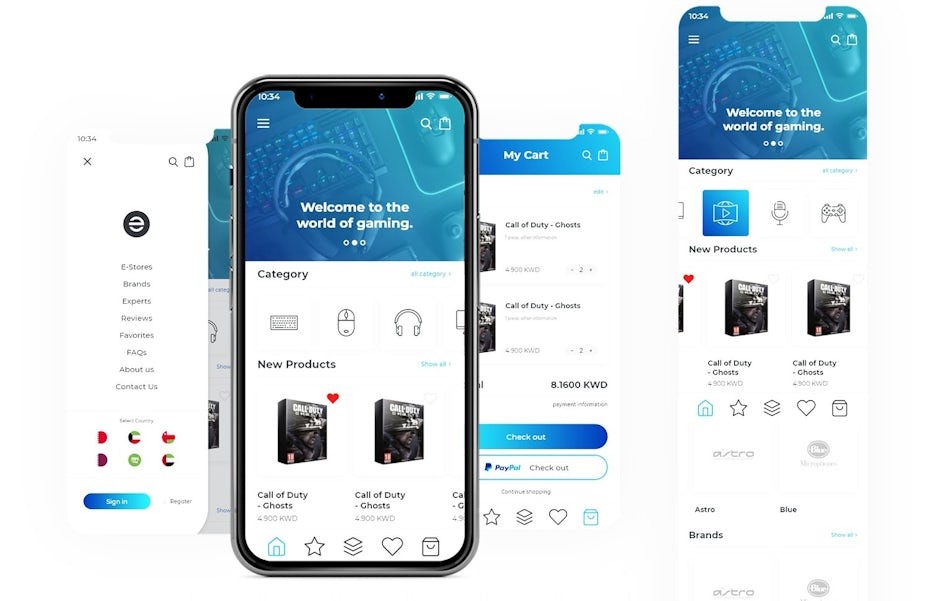E-commerce integration can transform a custom website into a powerful revenue-generating platform. By seamlessly blending shopping functionalities with a tailored website design, businesses can offer an engaging user experience and drive online sales. Here are 10 essential aspects of integrating e-commerce into your custom website.

1. Understanding Business Needs
Why It Matters: Tailoring e-commerce functionality to your business ensures it meets specific operational goals.
Actionable Step: Define your target audience, product range, and sales process before selecting e-commerce tools and features.
2. Choosing the Right Platform
Why It Matters: The choice of platform affects scalability, flexibility, and ease of management.
Actionable Step: Evaluate platforms like WooCommerce, Magento, or Shopify for compatibility with your custom website and business needs.

3. Customizing the User Interface (UI)
Why It Matters: A visually appealing and intuitive interface enhances the shopping experience.
Actionable Step: Use your brand’s color palette, typography, and unique layouts to create a cohesive and engaging design.

4. Streamlining Navigation
Why It Matters: Easy navigation helps users find products quickly, reducing bounce rates and boosting conversions.
Actionable Step: Incorporate features like categorized menus, product filters, and a prominent search bar to simplify browsing.
5. Incorporating Secure Payment Gateways
Why It Matters: Secure payment options build trust and encourage customers to complete transactions.
Actionable Step: Integrate popular payment gateways like Razorpay, PayPal, or Stripe, ensuring compliance with security standards like PCI DSS.
6. Optimizing for Mobile Devices
Why It Matters: A significant portion of e-commerce traffic comes from mobile users.
Actionable Step: Ensure your website’s e-commerce elements, like shopping carts and checkouts, are mobile-friendly and responsive.

7. Implementing Inventory Management
Why It Matters: Real-time inventory tracking prevents stock issues and keeps the shopping experience seamless.
Actionable Step: Use e-commerce plugins or tools that sync inventory with sales automatically to avoid overselling or delays.
8. Focusing on Page Speed and Performance
Why It Matters: Slow-loading pages deter customers and reduce conversions.
Actionable Step: Optimize images, use caching, and select a hosting provider that supports fast loading times to enhance performance.
9. Enhancing Product Pages
Why It Matters: Detailed, visually appealing product pages can increase customer confidence and drive sales.
Actionable Step: Include high-quality images, videos, detailed descriptions, and customer reviews on each product page.

10. Integrating Analytics and Marketing Tools
Why It Matters: Tracking and promoting your e-commerce site ensures growth and profitability.
Actionable Step: Use tools like Google Analytics to monitor user behavior and integrate marketing automation tools for email campaigns, retargeting ads, and promotions.
Conclusion
Integrating e-commerce into a custom website is more than adding a shopping cart—it’s about crafting an online shopping experience tailored to your brand and audience. By focusing on design, functionality, and usability, businesses can create a platform that not only sells but also builds lasting customer relationships.
Pro Tip: Partner with skilled developers and designers to ensure your e-commerce integration is smooth, secure, and scalable. A well-executed e-commerce platform can be a game-changer for your business!




